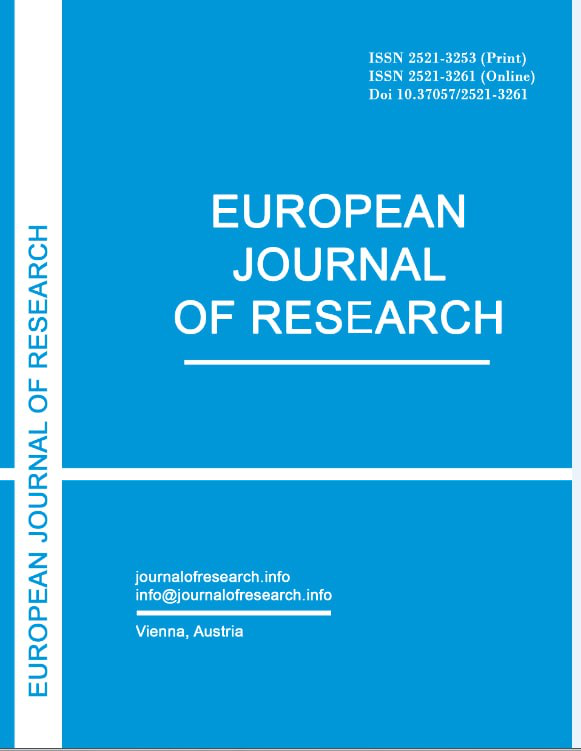Abstract
The main pathological condition that occurs in many diseases of the cardiovascular system, in particular in coronary heart disease, is hypoxia. Clinical data indicate that a promising direction in the fight against hypoxia is the use of pharmacological agents that reduce hypoxia and increase the body's resistance to oxygen deficiency. Of particular interest are metabolic drugs that purposefully affect metabolic processes during hypoxia. These are drugs of various chemical classes, their action is mediated by various mechanisms: improving the oxygen transport function of the blood, maintaining the energy balance of cells, correcting the function of the respiratory chain and metabolic disorders of tissue and organ cells. Similar properties are possessed by antihypoxants, antioxidants and cytoprotectors, which are widely used in clinical practice. This article presents data from a clinical study of the drug gluthione, which open up additional therapeutic possibilities for the pharmacotherapy of coronary artery disease. Due to the original mechanism of action aimed at optimizing the energy metabolism of the myocardium, this drug should be used in combination therapy to potentiate the antianginal and antiarrhythmic effect in patients with coronary artery disease with heart rhythm disturbances.
References
Aronov D.M., Lupanov V.P. Diagnosis and treatment of chronic ischemic heart disease. The quality of life. Medicine. 2003; No. 2:16-24.
Gatsura V.V. Pharmacological correction of energy metabolism in ischemic myocardium.- M.: Medicine, 1993.- 254 p.
Korkushko O.V., Shatilo V.B., Ishchuk V.A. et al. Metabolic therapy as a promising direction in the treatment of patients with coronary heart disease. - 2008. - No. 2. - P. 5–15.
Moibenko A.A. Endogenous mechanisms of cardioprotection as a basis for pathogenetic therapy of heart diseases / A.A. Moibenko, V.E. Dosenko, A.N. Parkhomenko - K .: Nauk. Dumka, 2008. - 520 p.
Moroz V.M., Lipnitsky T.M., Kozlovsky V.A., Bandurka N.N. Search for new methods of treatment of cardiac arrhythmias: experimental study of membrane densitoners // Russian Journal of Cardiology.- 2003.- N 1.- P.72-76.
Acquired obesity and poor physical fitness impair expression of genes of mitochondrial oxidative phosphorylation in monozygotic twins discordant for obesity / L. Mustelin, K. H. Pietilainen, A. Rissanen, A. R. Sovijarvi et al. // Am J Physiol Endocrinol Metab. – 2008. – Vol. 295. – P. E148–E154.
Liu S, Li C, Li T, Xiong J, Zhao X. Effects of early hypertension control after ischaemic stroke on the outcome: a meta-analysis. Cerebrovasc Dis. 2015;40(5-6):270-8. doi: 10.1159/000441097.
Katsanos AH, Filippatou A, Manios E, Deftereos S, Parissis J, Frogoudaki A et al. Blood pressure reduction and secondary stroke prevention: a systematic review and metaregression analysis of randomized clinical trials. Hypertension. 2016. pii: HYPERTENSION AHA.116.08485.
Xue H, Lu Z, Tang WL, Pang LW, Wang GM, Wong GW et al. First-line drugs inhibiting the renin angiotensin system versus other first-line antihypertensive drug classes for hypertension. Cochrane database of systematic reviews. 2015;1: CD008170.
Wang WT, You LK, Chiang CE, Sung SH, Chuang SY, Cheng HM et al. Comparative effectiveness of blood pressure-lowering drugs in patients who have already suffered from stroke: traditional and bayesian network meta-analysis of randomized trials. Medicine (Baltimore). 2016;95(15):3302.
Jeffers BW, Robbins J, Bhambri R. Efficacy of calcium channel blockers versus other classes of antihypertensive medication in the treatment of hypertensive patients with previous stroke and/or coronary artery disease: a systematic review and meta-analysis. Am J Therap. 2015;17(3):193-199. doi: 10.1111/ jch.12462
Davies NM, Kehoe PG, Ben-Shlomo Y, Martin RM. Associations of anti-hypertensive treatments with Alzheimer's disease, vascular dementia and other dementias. J Alzheimers Dis. 2011;26(4):699-708.
